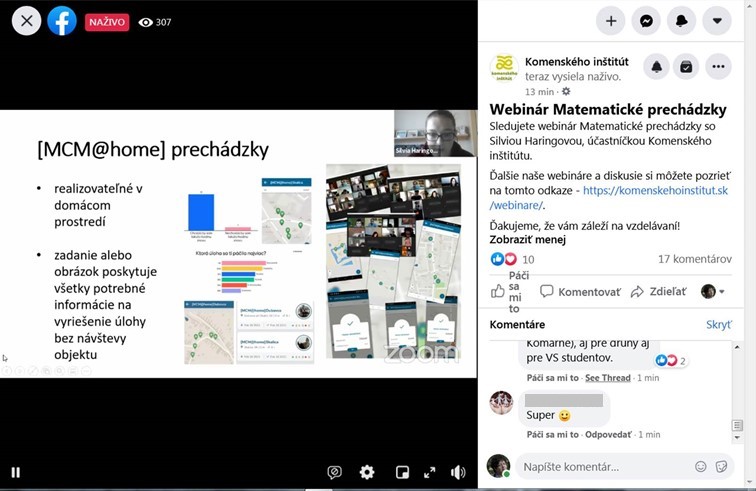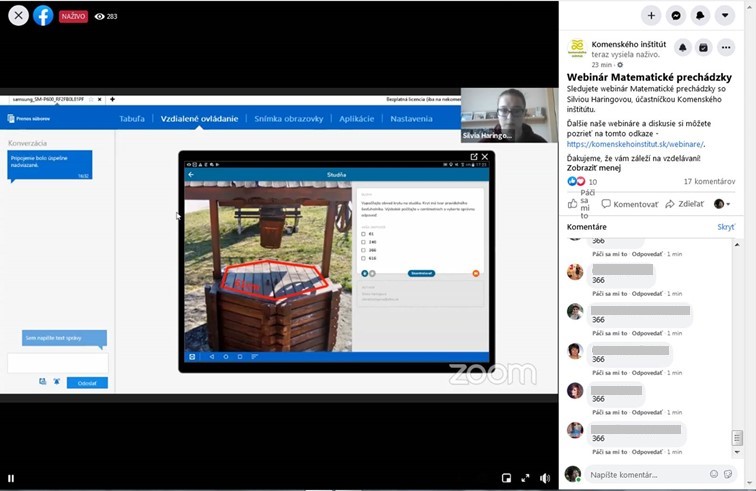On May 30, our great MathCityMap MOOC within the Erasmus+ project MaSCE³ ended. In this article we present experiences of teachers from all over the world.
Experiences with MathCityMap:
In the following statements, the teachers participating in the MOOC review on the course and their made experiences with doing mathematics outdoors with their classes.
Edinéia Zarpelon (Brazil, Upper secondary level):
I proposed the trail to my high school students and a couple of friends, math professors at the university. Unfortunately, due to the pandemic, only a few student volunteers walked the trail. Still, it was a very worthwhile experience and their feedback was very positive and encouraging. I am determined to continue using MCM in my classes.
Monika Haupenthal (Germany, Upper secondary level):
Repeating old things, gaining new knowledge and having fun – all this combines outdoor learning. This is what the students in my Q11 course experienced on the trail.
Slogan: Be ready, be careful, be correct, calculate, check, correct. The slogan is derived from the first letters of the stations.
Margherita Motteran (Italia, Secondary level):
We had fun trying to solve problems in reality mathematically. In order to determine the dimensions of real objects, students used different strategies that they developed themselves. This activity stimulated their imagination and increased their math skills. We plan to use MCM often in the future.
More statements of participating teachers from all over the world can be found here.












